|

Town of Banff surrounded by the
following peaks.....Tunnel Mountain, Mount Rundle, Sulphur Mountain,
Mount Norquay, and Cascade Mountain. |
|
|
|
|
|
|
|
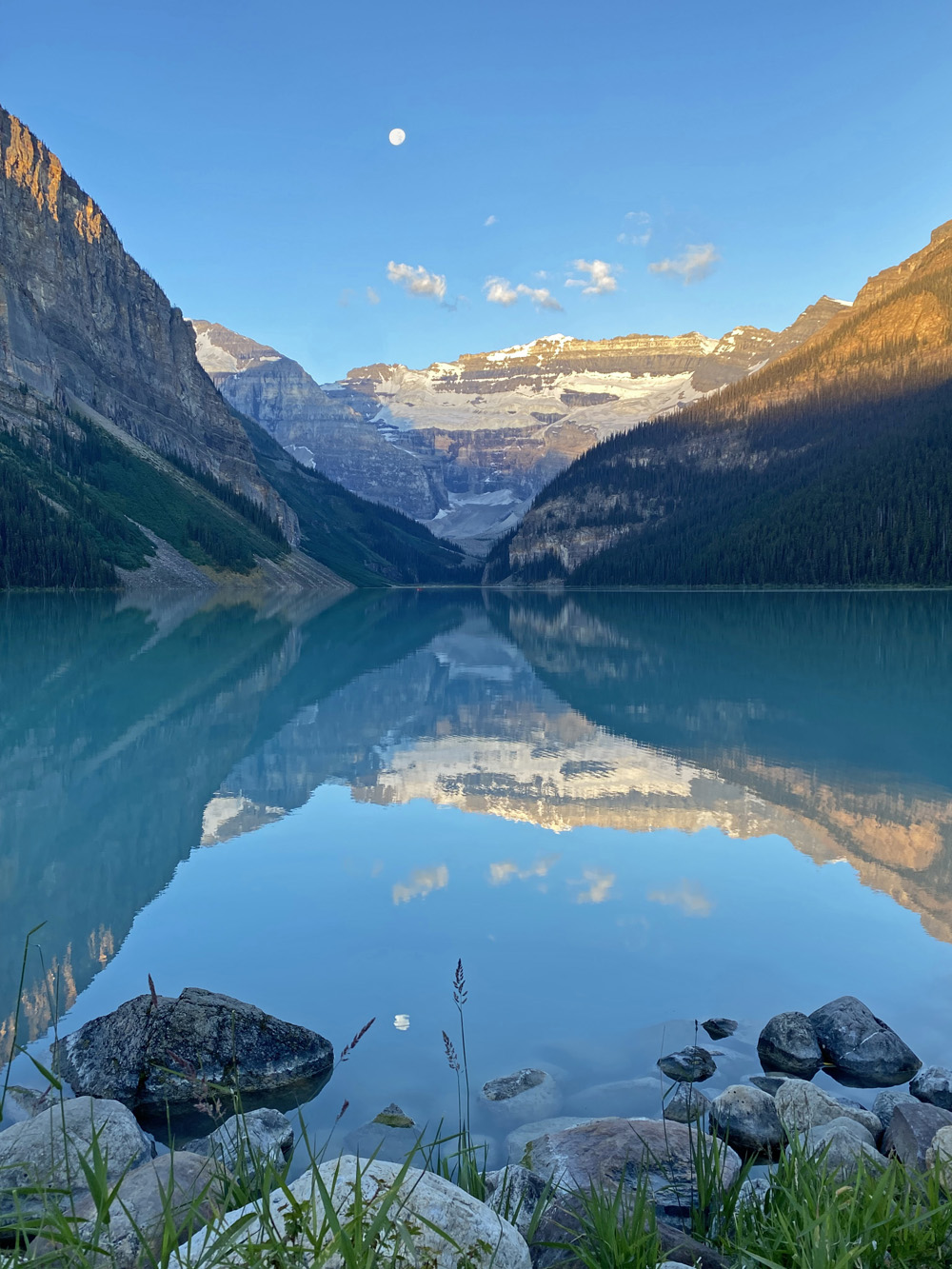
Lake Louise in the morning
with Full Moon |
|
|
|
|
|
|
|
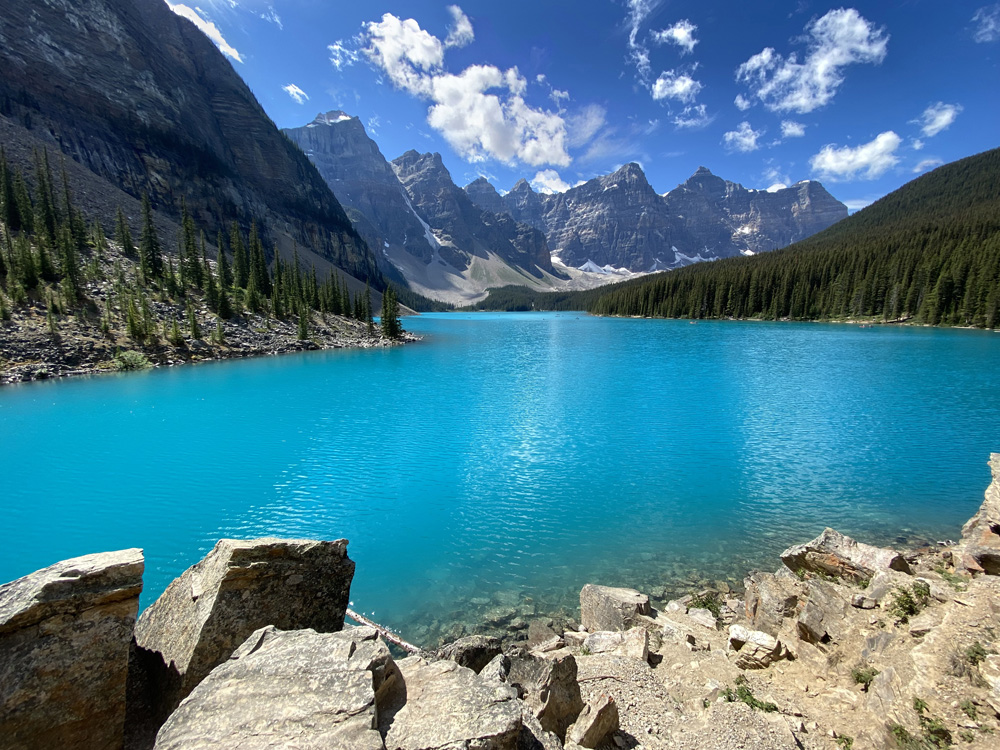
Morraine Lake |
|
|
|
|
|
|
|

Peyto Lake |
|
|
|
|
|
|
|
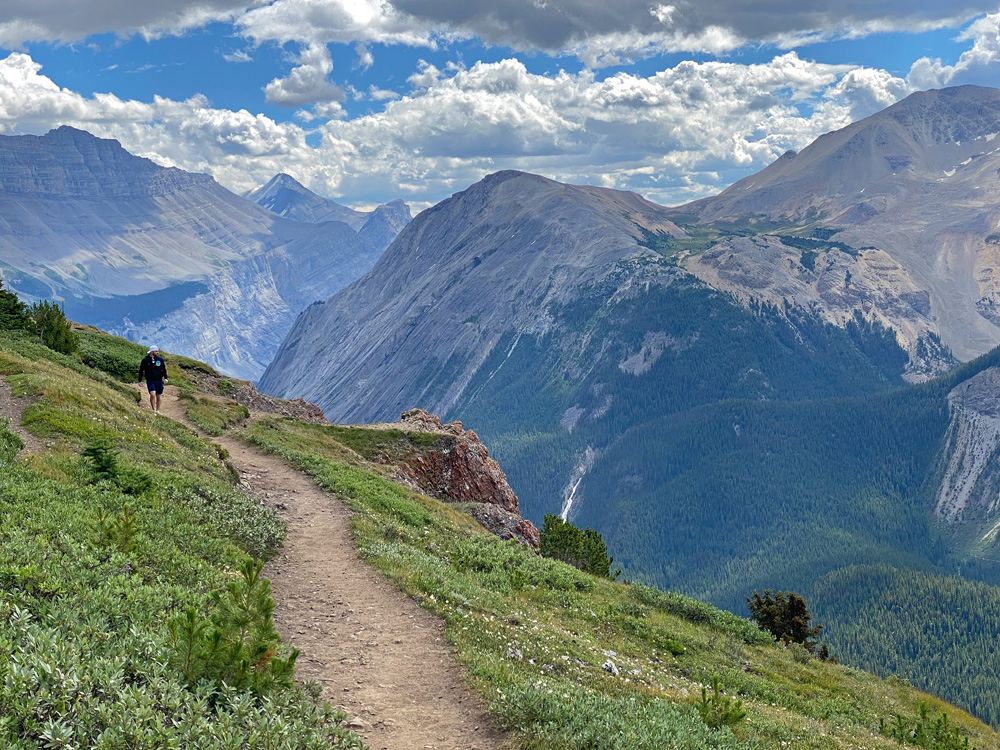
Climbing the Parker Ridge Trail
(James) |
|
|
|
|
|
|
|
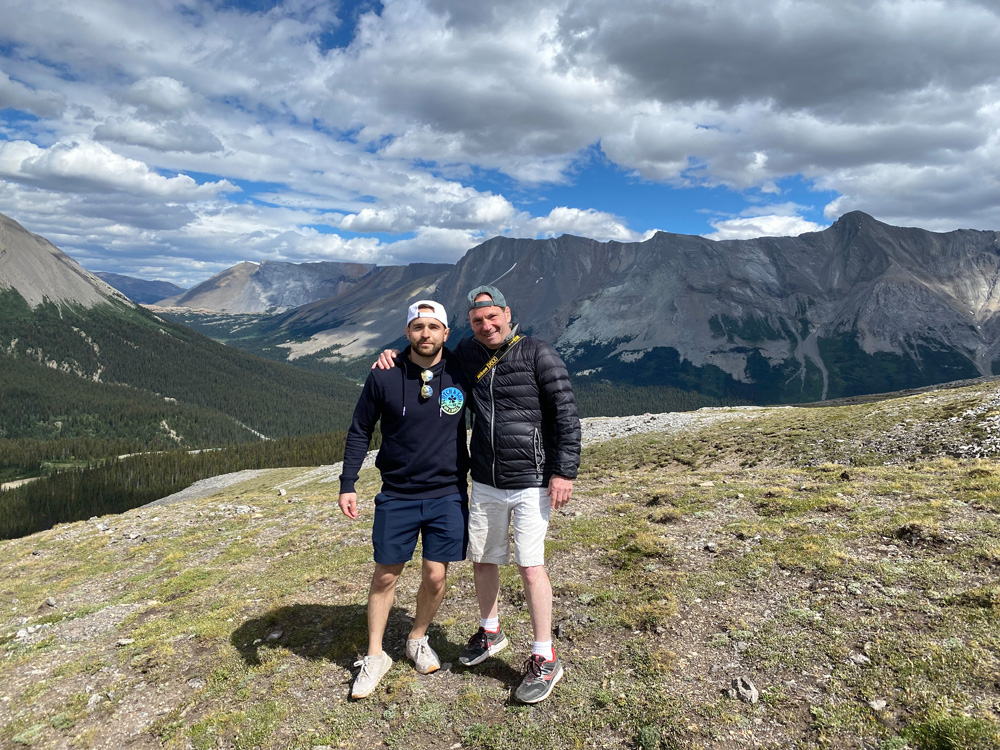
On the Parker Ridge Trail |
|
|
|
|
|
|
|

Parker Ridge Trail with view of
Sashachewan Glacier |
|
|
|
|
|
|
|
|
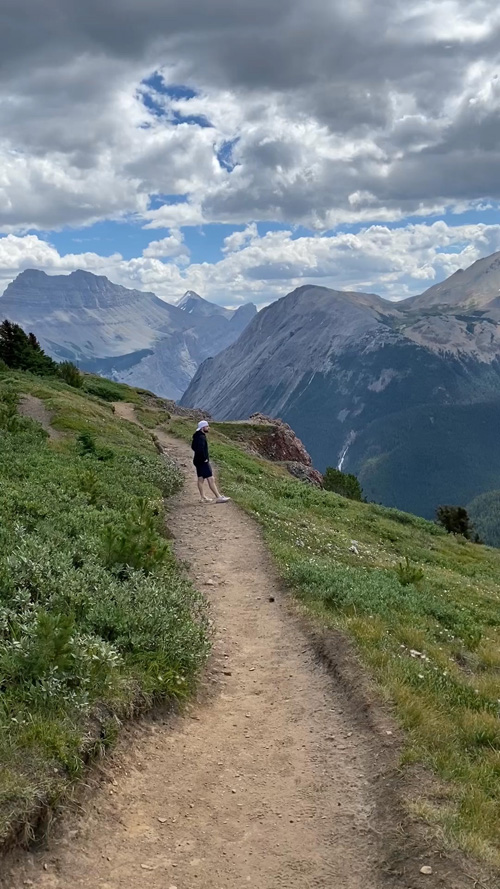 Video: View of Saskachewan Glacier from Parker Ridge
Summit.
Video: View of Saskachewan Glacier from Parker Ridge
Summit. |
|
|
|
|
|
|
|
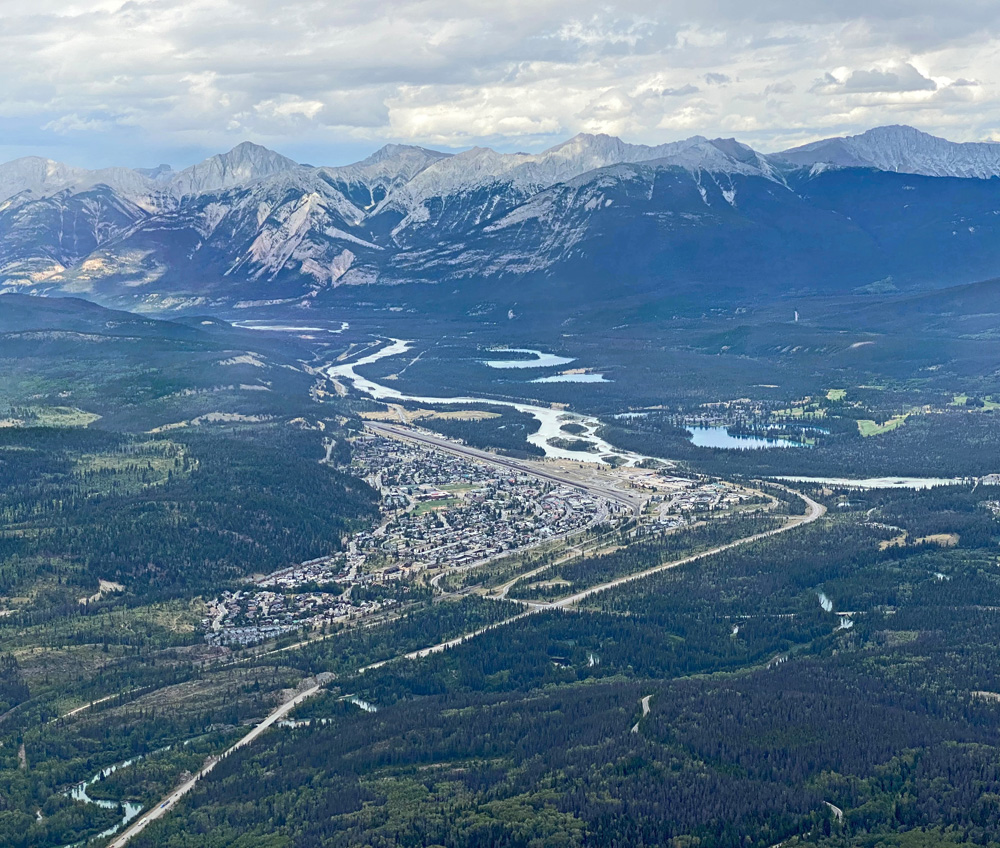
Town of Jasper |
|
|
|
|
|
|
|
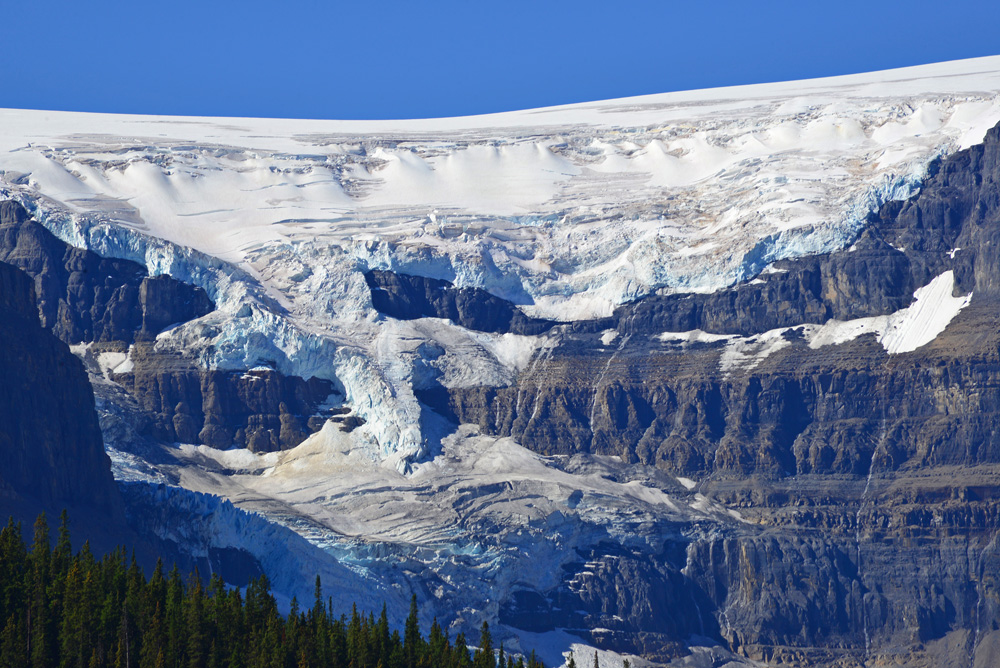
Stutfield Glacier From Icefields
Parkway |
|
|
|
|
|
|
|
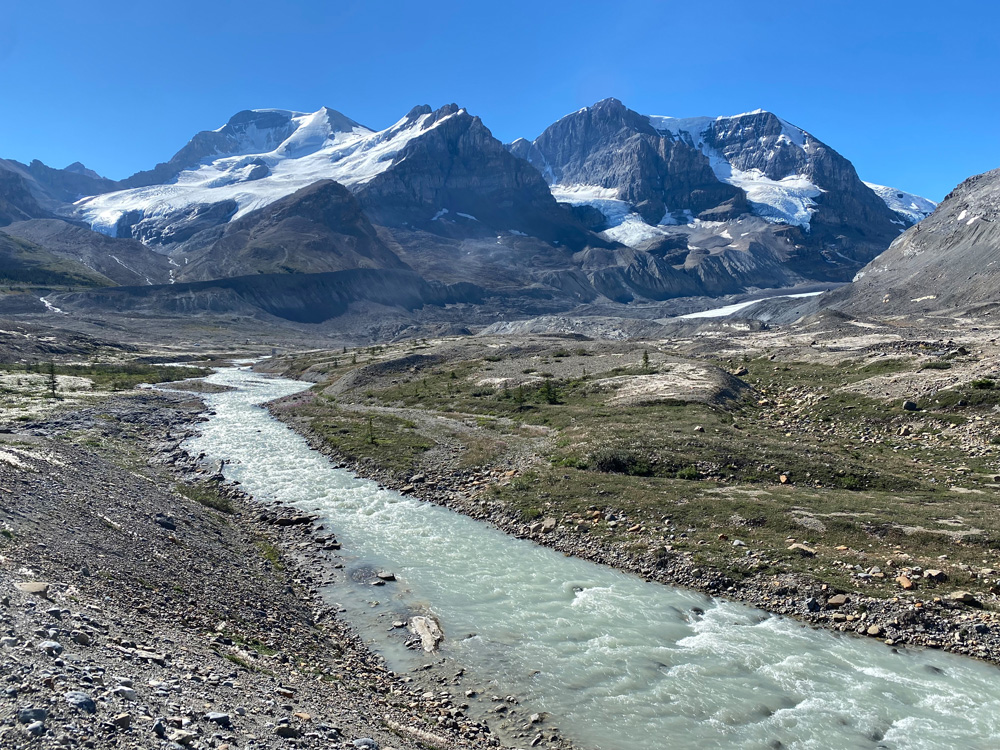
Boundary, Athabasca, Dome Glaciers,
and Glacial stream viewed from Icefield Parkway |
|
|
|
|
|
|
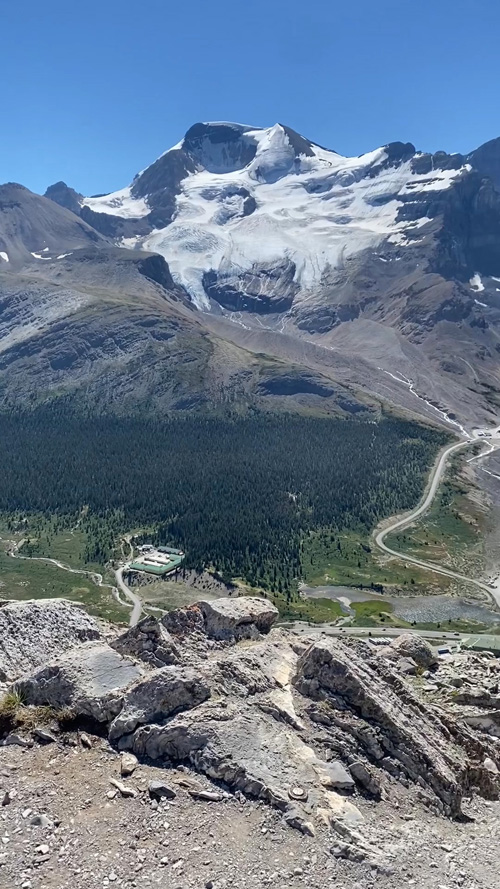 VIDEO of Wilcox Pass summit with view of Iceland Parkway,
Boundary, Athabasca, and Dome Glaciers
VIDEO of Wilcox Pass summit with view of Iceland Parkway,
Boundary, Athabasca, and Dome Glaciers |
|
|
|
|
|
|
|
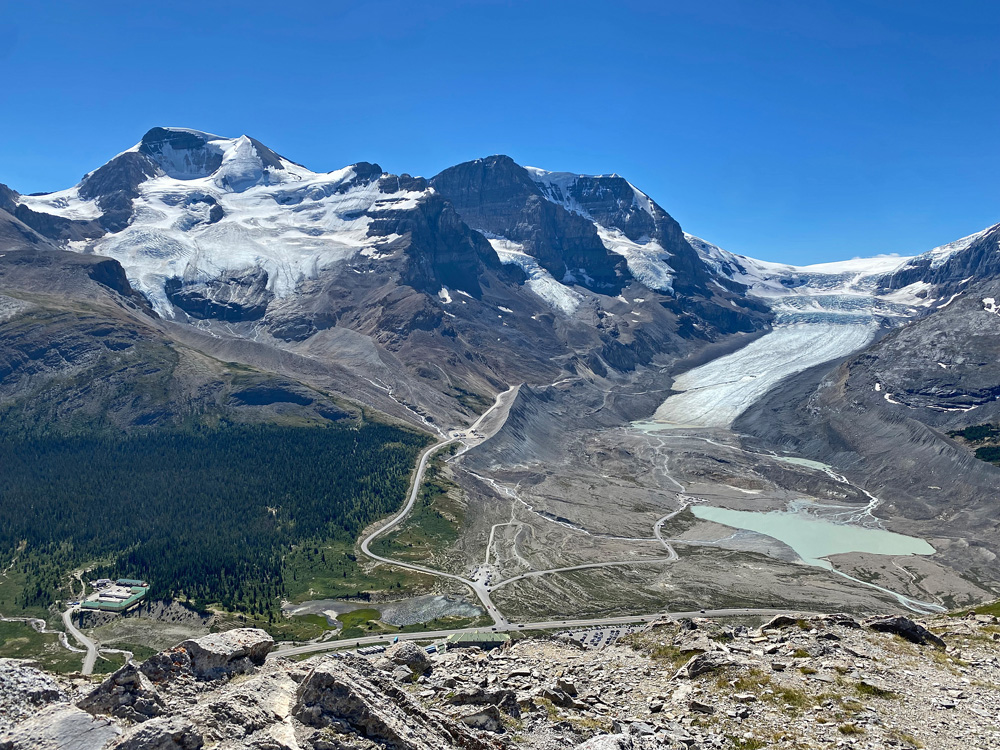
Boundary and Athabasca Glaciers
from summit of Wilcox pass Trail |
|
|
|
|
|
|
|
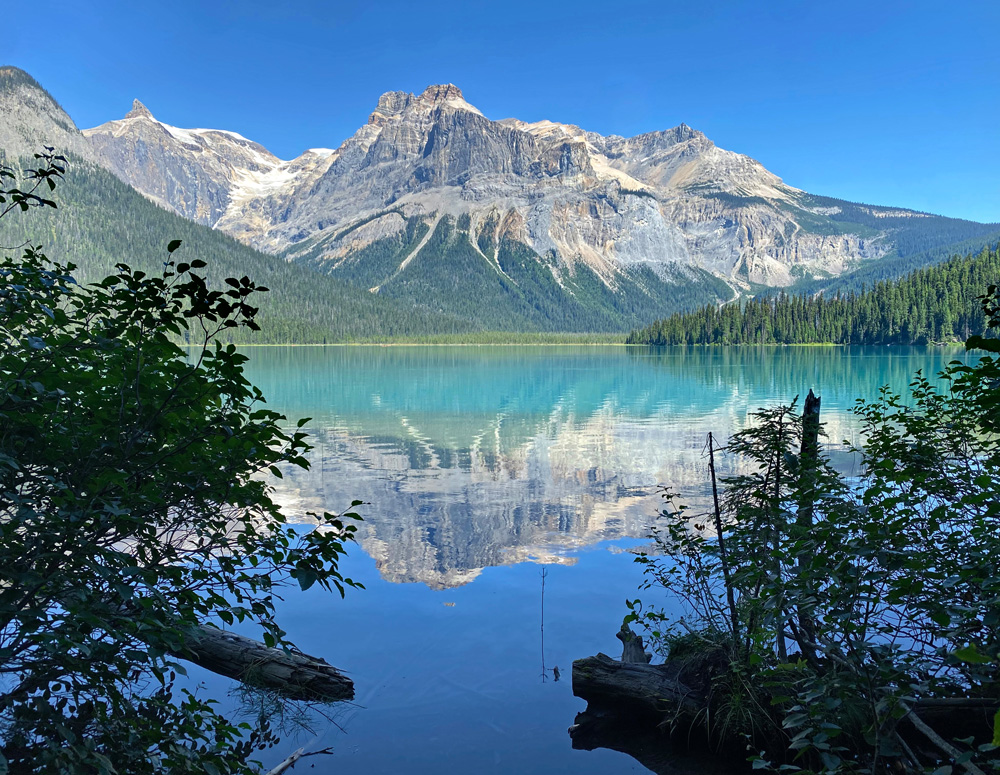
Emerald Lake with Mount Wapta in
Background, Yoho National Park, British Columbia |
|
|
|
|
|
|
|
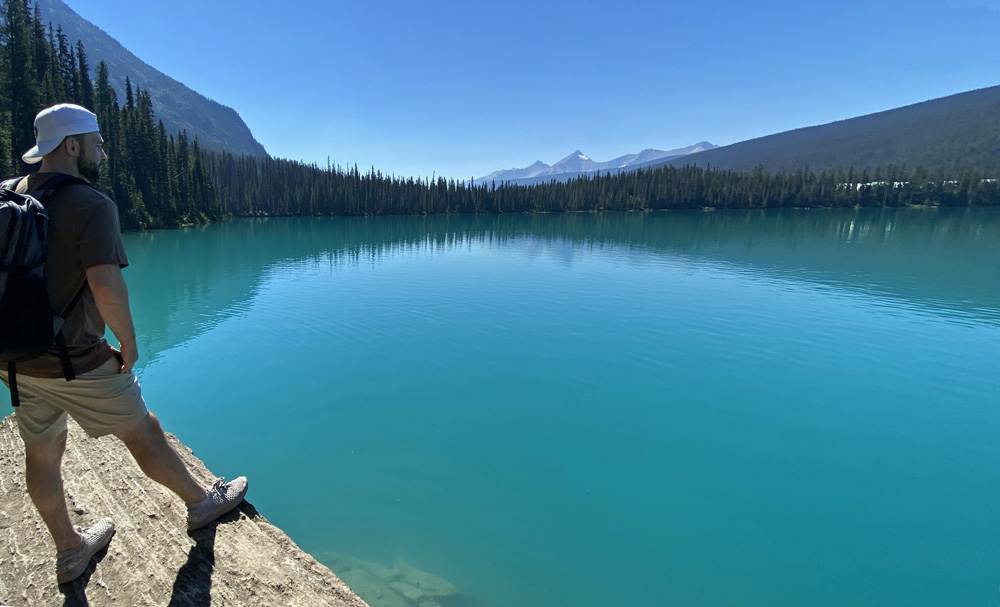
Emerald Lake, Yoho National Park,
British Columbia |
|
|
|
|
|
|
|

Emerald Lake, Yoho National Park,
British Columbia |
|
|
|
|
|
|
|
|
The Burgess Shale
The Burgess Shale is one of the
most famous and important Fossil Sites in the world.
Located in Yoho National Park,
British Columbia on a ridge nestled between Mount Wapta and Mount
Field, lies the Burgess Shale. Discovered by Charles Walcott
in 1909, the Fossils of the Burgess Shale represent an astonishing
snapshot of life during the Late Cambrian period (510 million
years ago). This period followed one of the most spectacular
evolutionary events in the history of life – The Cambrian
Explosion. Within ten million years, a very short period geologically,
a host of hard-body and soft-body complex animals with a variety
of body forms appeared in the fossil record for the very first
time. Nothing like it was seen previously. These creatures represent
the first truly complex animals in the Fossil record. Many of
the modern animal Phyla are represented in the fauna of the Burgess
Shale although several Burgess Shale animals have no counterpart
in modern times and likely were dead end evolutionary experiments.
Half a billion years ago, the world
was a different place: Days were 21 hours long, years lasted
420 days, and the landmasses were clumped together and devoid
of both plants and animals. However, there was abundant life
in the seas. The Burgess Shale quarries are famous not just for
the sheer number and variety of fossils and their rare and lovely
preservation, but also for the window they open to the past.
Multicellular life evolved on Earth about 570 million years ago
with a bang known as the Cambrian Explosion. During a mere 10
million year stretch (a blink of the eye in terms of geologic
time) essentially all the body plans of modern animals alive
today came to be in what was a remarkable evolutionary crescendo
. No fundamental animalian body types have been added since that
time. Even our own remote evolutionary ancesters, the phylum
Chordata (having a backbone and bilaterality), were present in
the Burgess Shale fauna.
The Burgess Shale is special for
another reason. For an intact 500-million-year-old soft-bodied
fossil to endure is extremely rare. To be immortalized as a fossil,
an organism must avoid predation, scavengers and decomposition
and be preserved in an ideal environment, often through rapid
burial. Then the rock stratum containing the fossil must remain
pristine for millions of years, avoiding metamorphosis, compression,
distortion and extreme heating. Finally, if the fossil is to
be studied, it must be unearthed through erosion and, of course,
discovered. Most of the Burgess Shale animals lived on the seafloor.
During the Middle Cambrian, the Burgess Shale quarries lay underwater
just north of the equator, at the foot of a submerged limestone
wall known as the Cathedral Escarpment. Scientists speculate
that ocean currents continuously swept siliceous muds and sediments
over the rim of the Cathedral Escarpment, where they piled in
a wedge at the base of the cliffs. Occasionally, this wedge would
slump downslope, quickly burying any creatures living on the
seafloor at the base of the cliffs. Subsequent preservation of
the Burgess Shale fossils required something of a perfect fossilization
storm, one that only occurred in a very narrow zone. The famous
quarry of fossil-rich shale is about 3 meters high and less than
a city block long, bookended by metamorphically baked shale that
contains no fossils. Proximity to the durable Cathedral Escarpment
— remnants of which can still be seen above the quarry —
is likely what saved the fossils from compaction or warping as
the Canadian Rockies were uplifted during the Mesozoic.
Information from https://burgess-shale.rom.on.ca/
 My son and I came across this plaque
while hiking around Emerald Lake during our last day in Canada.
Although I've read books about the Burgess Shale I had no idea
we were in its vicinity.
My son and I came across this plaque
while hiking around Emerald Lake during our last day in Canada.
Although I've read books about the Burgess Shale I had no idea
we were in its vicinity. |
|
|
|
|
|
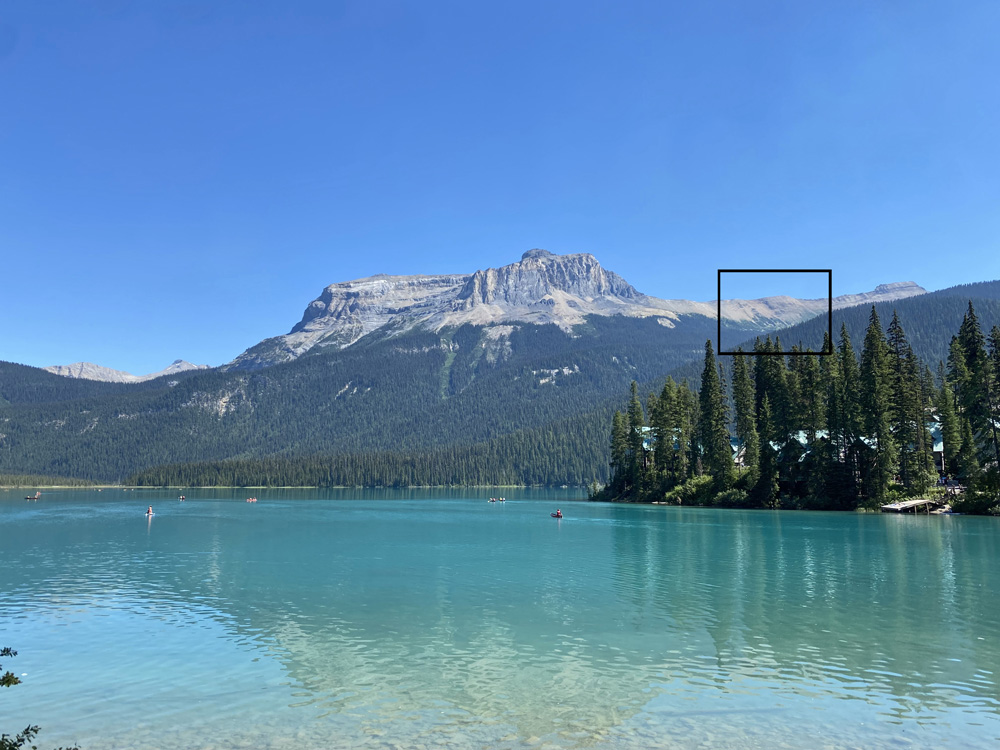
Site of "Burgess Shale"
nestled between Mount Wapta and Mount Field
Yoho National Park, British Columbia
(my photo) |
|
|
|
|
|
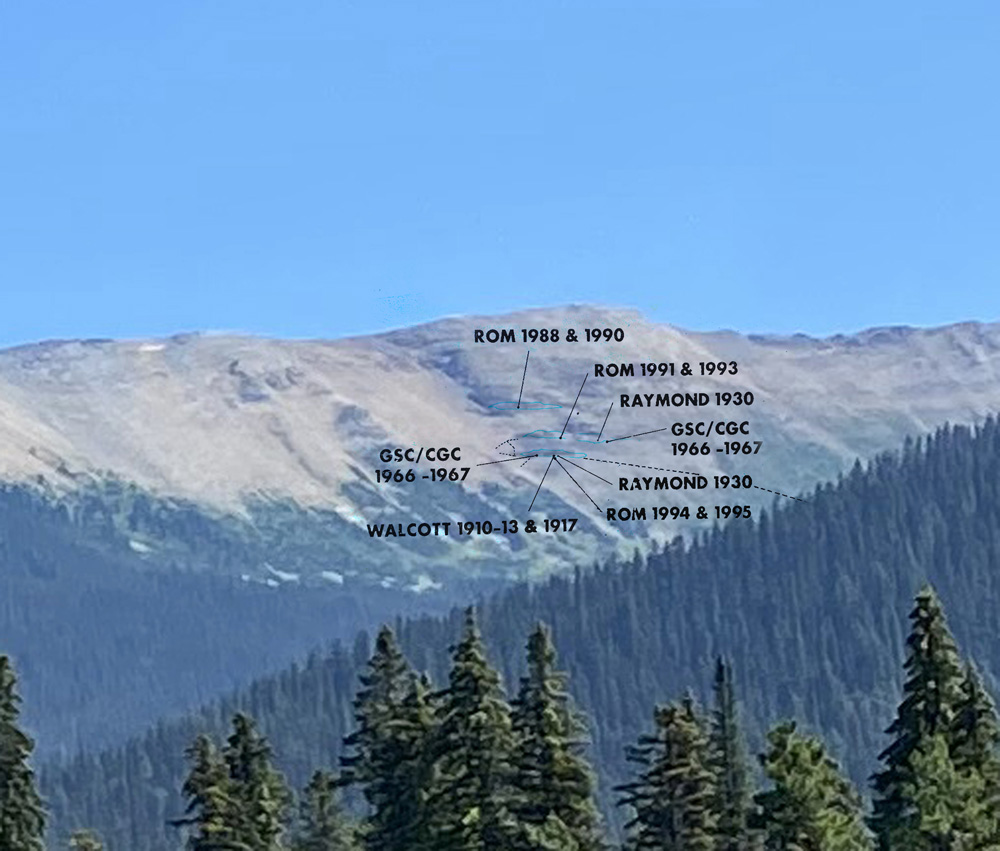
Close up of the Burgess Shale Quarries
(my Photo)
Historical Quarries:
Charles Walcott: Original discoverer
of the Burgess Shale
Geological Survey of Canada - Commission
Géologique du Canada
Percy Raymond, Curator of Paleontology
at Harvard’s Museum of Comparative Zoology
Royal Ontario Museum
Books on the Burgess Shale
Wonderful Life, The Burgess Shale
and the Nature of History, Stephen Gould, 1989, W.W. Norton.
The Fossils of the Burgess Shale,
Derek Briggs, Douglas Erwin, Frederick Collier and Chip Clark,
1995, Smithsonian Institution Press.
The Crucible of Creation: The Burgess
Shale and the Rise of Animals, Simon Conway-Morris, 1999, Oxford
University Press
Web Sites about the Burgess
Shale
https://burgess-shale.rom.on.ca/ |
|
|
|
|
|
|





